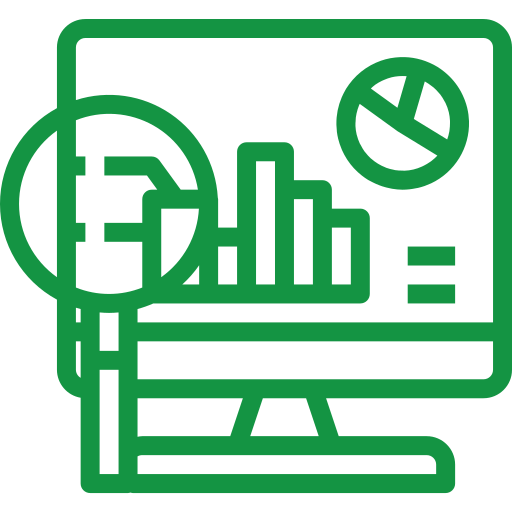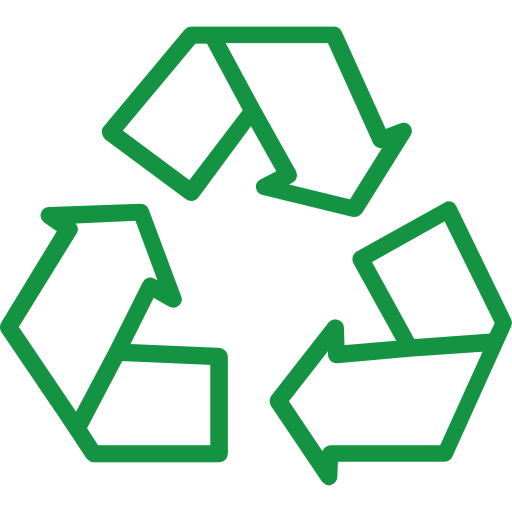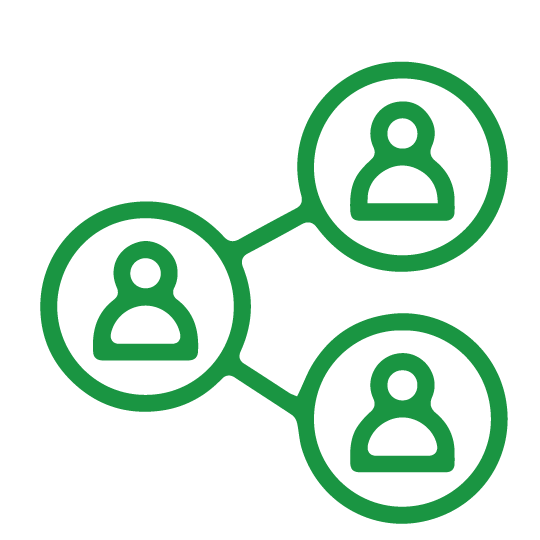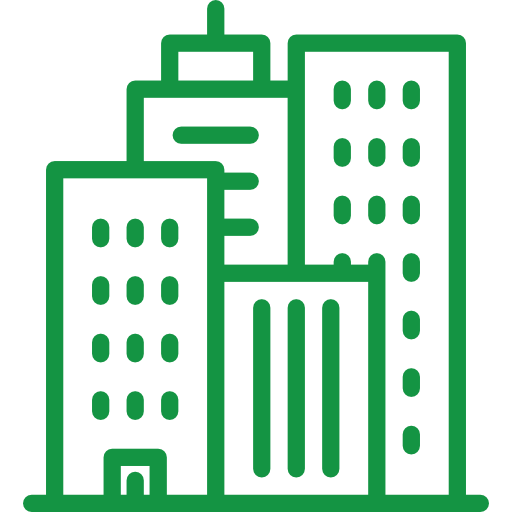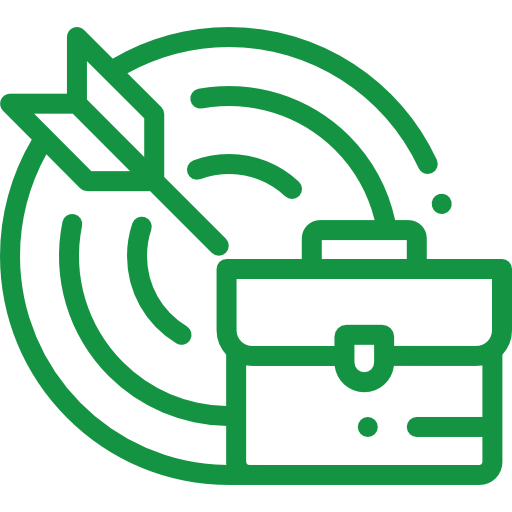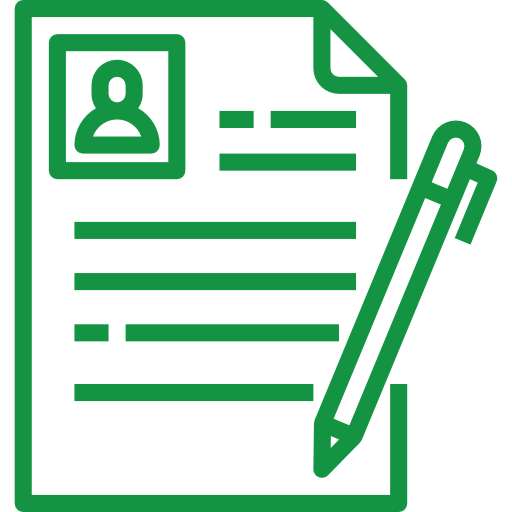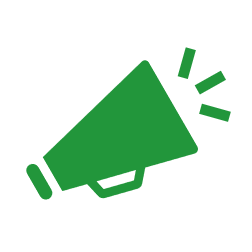ISHIKAWA
![]() Description
Description
A tool designed to identify possible causes of problems. This method was developed by Kaoru Ishikawa.
![]() When
When
In the Analyse Causes phase.
![]() Goals
Goals
Brainstorming on a problem/topic in a structured manner.
![]() Steps
Steps
- Draw an Ishikawa on a large piece of paper.
- Write the problem, on which the analysis will be conducted, on the paper.
- Each participant lists one possible cause for the problem, indicating in which category this cause belongs. No comments on each other's causes are allowed. All named causes are included in the diagram.
- Participants also mention possible sub-causes. These sub-causes are included as side branches in the diagram. The process continues until no more possible causes are mentioned.
- The Ishikawa diagram is critically reviewed by all participants. It is checked whether the possible causes are under the right category and whether certain causes are related or derived from other causes.
- A vote is taken on what the most likely causes are. Of the causes with the most votes, a 'top three' is made. These three causes are circled. The causes without a vote are dropped.
- From the 'top 3' causes, the order of priority is considered. The possible cause with the highest priority is investigated and addressed first. This is followed by the second and third causes.
![]() Tips:
Tips:
- You can also let the group decide the layout of the fishbone diagram itself.
- Sometimes it is useful to let participants think for themselves first and only then fill the Ishikawa in plenary.
![]() Examples
Examples
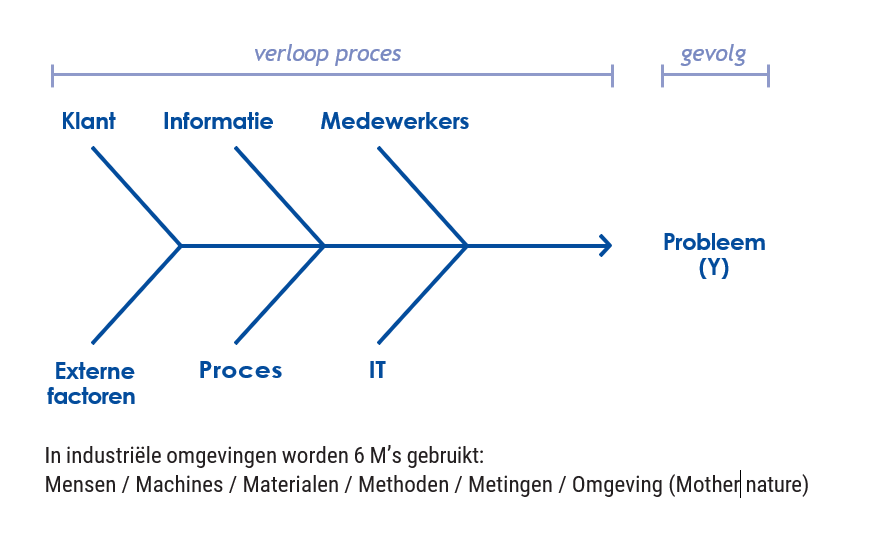 Figure: Format Ishikawa / Fishbone diagram.
Figure: Format Ishikawa / Fishbone diagram.
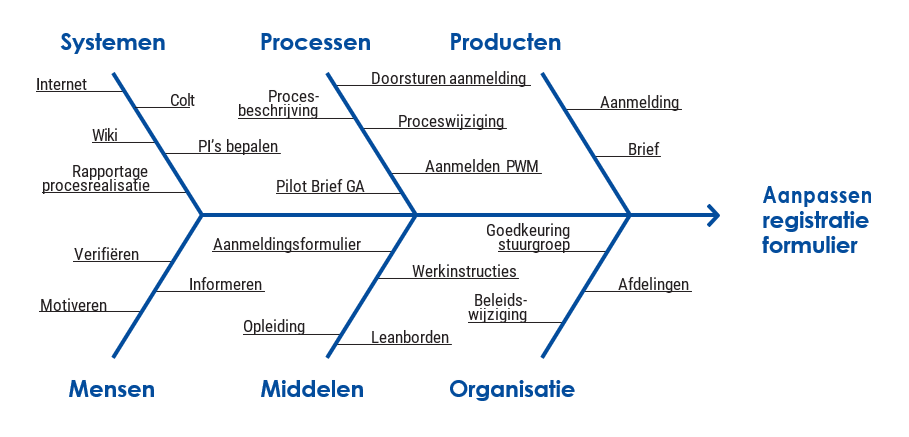
Figure: Example Ishikawa / Fishbone diagram
The classification of (root) causes in a fishbone diagram is not fixed. For example, the following classifications can be made:
- 6 M's: Machine, Method, Materials, Measurement, Man and Mother Nature (Environment) .
- Or some variant of these: resources, process, people, materials, environment and management.
- 8 P's: Price, Promotion, People, Processes, Place/Plant, Policies, Procedures and Product (or Service).
- 4 S's: Surroundings, Suppliers, Systems and Skills.







